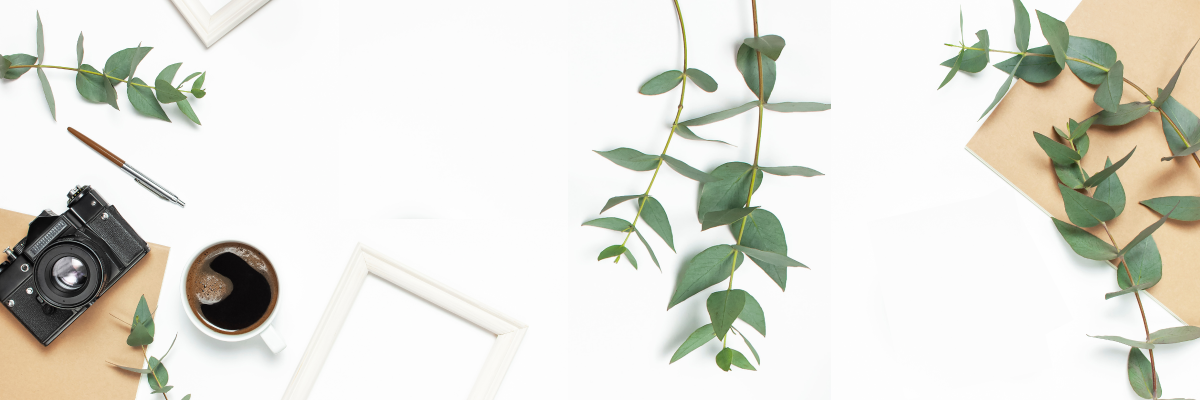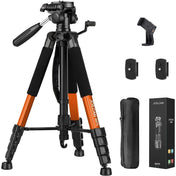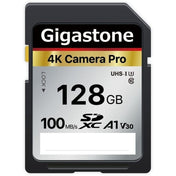When it comes to photography, some of the most breathtaking shots are often captured in extreme weather conditions. From stunning stormy skies to snowy landscapes, photographers are constantly pushing the boundaries to capture nature at its most raw and powerful moments. However, shooting in extreme weather can be a challenge, especially when it comes to protecting your camera equipment. In this guide, we'll explore how to protect your photography cameras in extreme weather conditions.
Understanding Weather Sealing
One of the most important features to look for in a camera when shooting in extreme weather is weather sealing. Weather sealing helps protect your camera from moisture, dust, and other environmental factors that could potentially damage your gear. When choosing a camera for extreme weather photography, opt for models that are weather-sealed to ensure durability in harsh conditions.
Choosing the Right Camera Bag
Investing in a high-quality camera bag is essential when shooting in extreme weather conditions. Look for camera bags that are not only weatherproof but also provide extra padding and insulation to protect your gear from impact and temperature changes. Make sure the bag is comfortable to carry, especially if you'll be trekking through rugged terrain to capture the perfect shot.
Utilizing Lens Filters
Lens filters are a great accessory to use when shooting in extreme weather. Not only do they help enhance your images by reducing glare and reflections, but they also act as a barrier against dirt, water, and other elements that could potentially damage your lens. Invest in high-quality lens filters that are compatible with your camera lenses for added protection.
Managing Condensation
One of the biggest challenges when shooting in extreme weather conditions is managing condensation. Sudden temperature changes or exposure to moisture can cause condensation to form inside your camera and lenses, leading to potential damage. To prevent condensation buildup, acclimatize your gear gradually to the environment before shooting and use airtight storage solutions when not in use.
Protective Camera Housing
For photographers who frequently shoot in extremely wet or cold conditions, investing in a protective camera housing can provide an extra layer of security for your gear. Protective housings are designed to shield your camera from water, snow, and extreme temperatures while still allowing you to capture stunning images without compromising on quality.
Choosing the Right Camera Strap
When shooting in extreme weather, a reliable camera strap is essential to prevent accidental drops or damage to your gear. Look for camera straps that are durable, adjustable, and comfortable to wear for long periods. Consider straps with additional padding or grip to ensure your camera stays secure, even in challenging conditions.
Regular Maintenance and Cleaning
To keep your photography cameras in top condition, it's important to perform regular maintenance and cleaning, especially after shooting in extreme weather. Use a soft brush or air blower to remove dirt and debris from your camera body and lenses, and gently wipe down your gear with a microfiber cloth. Avoid using harsh chemicals or abrasive materials that could damage your equipment.
Backup Equipment and Batteries
When shooting in extreme weather conditions, it's always a good idea to have backup camera equipment and batteries on hand. Cold weather can drain battery life quickly, so make sure to pack extra batteries and keep them warm in a pocket close to your body to extend their usage. Having spare memory cards and accessories can also come in handy in case of emergencies.
Stabilizing Your Camera
In extreme weather conditions, it can be challenging to keep your camera steady while capturing photos or videos. Investing in a sturdy tripod or monopod can help stabilize your camera and prevent blurry images caused by shaky hands or strong winds. Look for lightweight yet durable options that are easy to set up and adjust on the go.
Protecting Your Camera Screen
The LCD screen on your camera is vulnerable to scratches, cracks, and water damage when shooting in extreme weather. Consider using a screen protector to shield your display from the elements and minimize the risk of damage. Some screen protectors are specially designed for touchscreens, allowing you to navigate settings and review images without any interference.
Post-Processing in Extreme Conditions
After a successful shoot in extreme weather, it's important to properly manage and edit your images to ensure they look their best. When post-processing photos taken in challenging conditions, pay attention to details such as exposure, color balance, and contrast to enhance the overall look of your images. Use editing software to fine-tune your photos and bring out the true beauty of the scenes you captured.
Adapting and Thriving in Extreme Conditions
Shooting photography in extreme weather conditions can be both thrilling and rewarding, but it also comes with its unique set of challenges. By investing in weather-sealed gear, protective accessories, and practicing proper maintenance, you can ensure that your photography cameras stay safe and functional even in the most demanding environments. With the right tools and preparation, you can capture stunning images that showcase the power and beauty of nature in all its glory.
Embark on a journey through the Shopify store of another user. Click here to visit their store. Please note that this is a promotional link, and we do not guarantee the content of the linked store.












